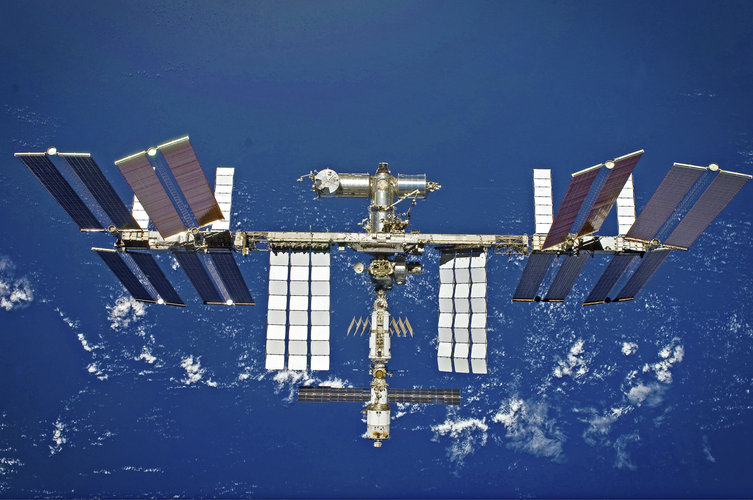
“With astronauts’ immune systems suppressed by microgravity, the microbial populations of future long-duration space missions will need to be controlled rigorously,” explains ESA material engineer Malgorzata Holynska. “So ESA’s Materials' Physics and Chemistry Section is collaborating with Istituto Italiano di Tecnologia, IIT, to study antimicrobial materials that could be added to internal cabin surfaces.”
The IIT team has begun work on titanium oxide, also known as ‘titania’, used for example in self-cleaning glass down here on Earth, as well as in hygienic surfaces. When titanium oxide is exposed to ultraviolet light, it breaks down water vapour in the air into ‘free oxygen radicals’, which eat away whatever is on the surface, including bacterial membranes.



